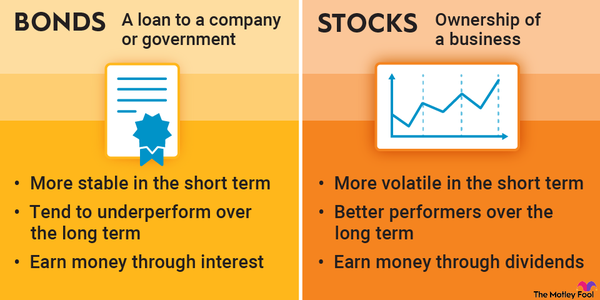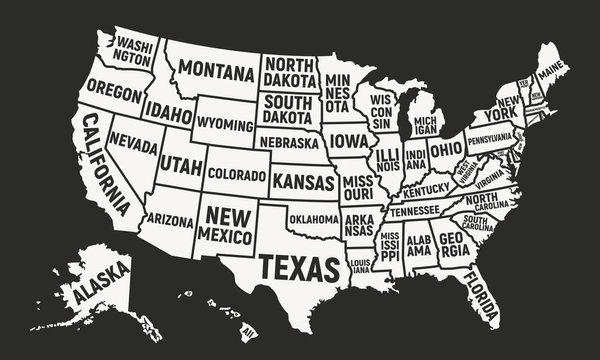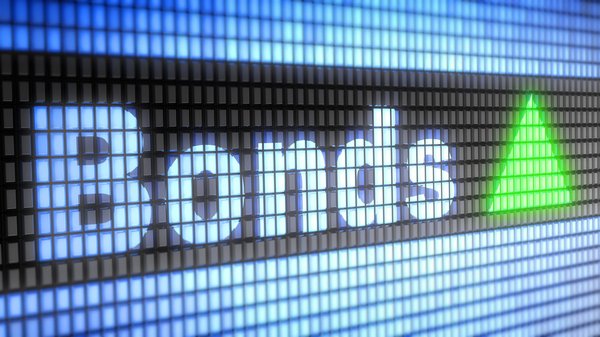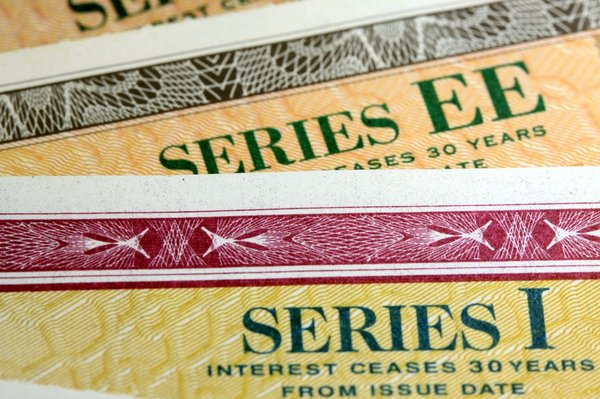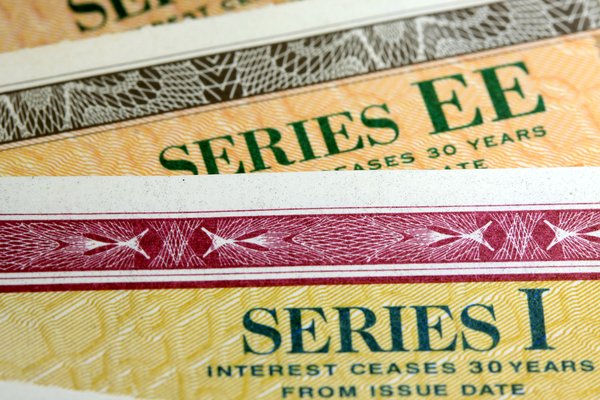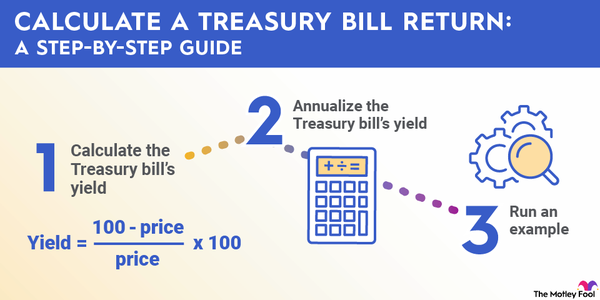Investing in the name of sustainability has taken off like a rocket over the last decade, and green bonds are one of the most talked-about green asset classes.
Green Bonds
These fixed-income securities are designed for initiatives that matter to the environment, such as renewable energy, fighting climate change, and supporting sustainable and environmentally sound development. Below, we break down green bonds, explaining what they actually facilitate and how to invest in them.

What are they?
What are green bonds?
Green bonds are debt instruments issued to finance projects that have a positive environmental impact. Unlike traditional bonds, the proceeds from green bonds are earmarked exclusively for green initiatives, such as renewable energy projects, energy efficiency improvements, clean transportation, and general sustainability.
Just like traditional bonds, issuers can include governments, municipalities, corporations, and financial institutions. The key driver and distinction between traditional bonds and green bonds is the commitment to use the funds for positive environmental purposes.
Types
Types of green bonds
Green bonds come in various colors, shapes, and sizes, each tailored to specific issuers and project types. The table below shows some of the most common ones.
| Type of bond | Issuer and Purpose |
|---|---|
| Corporate green bonds | Issued by companies to fund environmentally friendly projects within their operations |
| Municipal green bonds | Issued by local governments to finance public infrastructure projects like sustainable transportation or water treatment facilities |
| Sovereign green bonds | Issued by national governments to support large-scale environmental initiatives |
| Supranational green bonds | Issued by international organizations, such as the World Bank, to fund global environmental projects |
| Green asset-backed securities (ABS) | Backed by a pool of green assets, such as loans for renewable energy projects |
Green bond principles
Before issuing a true green bond, companies, governments, or institutions must abide by the Green Bond Principles (GBP). The International Capital Market Association (ICMA) established the GBP to provide voluntary guidelines for ensuring that transparency and integrity were part of the mix. The four core components are:
1. Use of proceeds
This principle ensures that the money raised from a green bond goes to green projects, such as solar farms, energy-efficient buildings, or clean water systems. Investors want to know their money is helping the planet, not just funding general business expenses. For example, if a city issues a green bond, the proceeds may be allocated specifically to building electric bus lanes, not repaving roads.
2. Process for project evaluation and selection
Before issuing a green bond, the organization has to demonstrate how it decides which projects are truly green. With green bonds, an investor would ideally know exactly what they are investing in and for what purpose. A company may have an internal team that vets proposals to ensure they meet the criteria for projects that truly help the environment.
3. Management of proceeds
Once the funds are raised, they must be tracked separately to make sure they're spent properly. It's not ideal for 10% of the purported funds to be allocated to a dam project and the remaining 90% to be diverted into a polluting project.
Some issuers use dedicated accounts or third-party audits to keep things clean. A solar developer, for example, might open a separate bank account just for bond proceeds used to build new solar farms.
4. Regular reporting
Just as a publicly traded company is required to issue financial statements to its shareholders on a regular basis, green bond issuers should disclose to their bondholders how the proceeds of the bond were spent. This helps build trust and shows the impact of the investment.
You've probably seen an annual letter from a nonprofit organization saying, "Thanks to your donation, we planted 10,000 trees." A green bond report might say, "This year, our project avoided 1,200 tons of CO₂ emissions."
Investing in green bonds offers several advantages:
- Environmental impact
- Portfolio diversification
- Tax incentives
- Market demand
- Reputational benefits
Examples
Examples of green bonds
Toronto
Toronto has raised almost $1 billion through green bond issuances to fund various environmental projects. This initiative allowed the city to reduce its reliance on federal funding and expedite important infrastructure developments aimed at achieving environmental stability.
Asheville, North Carolina
Asheville's Water Resources Department issued a green bond to upgrade its drinking water infrastructure. The proceeds were used to replace failing water lines, enhance water tanks, and install emergency generators, which resulted in reduced water leaks.
Apple
Apple (AAPL -0.14%) issued a $1.5 billion green bond in 2016, marking the largest U.S. corporate green bond at that time. The proceeds were allocated to projects aimed at reducing the company's environmental impact, including renewable energy installations, energy efficiency improvements in facilities, and sustainable materials sourcing.
How to invest
How to invest in green bonds
Investors can access green bonds through various channels:
1. Direct purchase of green bonds
Much like buying regular bonds, investors can buy individual green bonds through most major brokerage accounts. In most cases, these are issued by governments, municipalities, or large corporations to fund eco-friendly projects.
For example, a company trying its hand at cheap water desalination might raise bonds for a specific project that utilizes a new promising technology. This method can give you direct exposure to a specific project, but always do your homework before investing in anything that a company assures you is both green and a can't-miss investment.
2. Investing through green bond funds
Most people won't know a lot about the specifics of green projects, so funds are a great option to gain exposure to green bonds without picking winners and losers. Mutual funds and exchange-traded funds (ETFs) that specialize in green bonds are popular alternatives to picking specific green bonds. These funds pool money from many investors and distribute it across multiple green bonds for diversification.
3. Tracking green bond indexes
Green bond indexes, such as the Bloomberg Barclays MSCI Green Bond Index, track the overall performance of the green bond market. While you can't invest directly in an index, you can invest in funds that follow it and use it as a benchmark for your own investments.
4. Using sustainable investment platforms
Online investment platforms, such as Wealthify and Abundant Investments, now offer access to sustainable and environmental, social, and governance (ESG)-focused investments, including green bonds. These tools often curate options that meet environmental criteria, making it simple for retail investors to get involved. Some even allow you to filter by specific causes, like clean energy or saving whales.
Related investing topics
Should I invest?
Should I invest in green bonds?
The bottom line with investing is that you should invest in a stock or bond that you are comfortable with and that will deliver a return, regardless of the product. That being said, green bonds are a great way to feel good about what you are investing in, as long as you are 100% sure that your funds will be used for something positive.
Go for it if you believe in the project, the actual financial product, and the company, government, or institution behind it. A good time is a good investment, but remember that homework and due diligence are key.
FAQ
How to invest in green bonds: FAQ
Are green bonds a good investment?
Green bonds can be a good investment for those seeking stable returns while supporting environmentally beneficial projects.
Are green bonds cheaper than traditional bonds?
Green bonds often trade at yields similar to those of traditional bonds, and demand can affect both pricing and yield.
What are the best green bonds to invest in?
Reputable governments or corporations with transparent reporting, such as those from the World Bank or Apple, typically issue the best green bonds.
What are the risks of investing in green bonds?
Risks include interest rate changes, credit risk from the issuer, and potential "greenwashing" if the funds aren't used for truly sustainable projects.
Do green bonds offer tax advantages?
Some green bonds, particularly municipal ones in the U.S., may offer tax-exempt interest. However, this varies based on the issuer and location.







